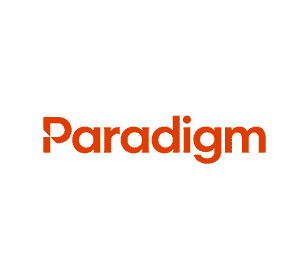For some in Ohio, good news has arrived in the form of a credit.
Ohio private employers and local governments will soon receive a credit on their workers compensation bills totaling $1.2 billion.
The Ohio Bureau of Workers Compensation (BWC) Board of Directors recently approved the credit, originally announced as part of last year’s Billion Back plan. The credit will allow BWC to transition to a prospective billing model without added costs to employers. This credit is in addition to the $1 billion in rebates issued in 2013.
“We’re pleased our strong financial position is enabling this move to the industry standard of prospective billing as part of ongoing efforts to modernize our operations and provide better service to Ohio employers,” said BWC Administrator/CEO Steve Buehrer. “The credit will facilitate a smooth transition for employers to a more user-friendly system that will provide them more flexibility while reducing their overall costs.”
The bureau currently bills employers in arrears, meaning businesses receive coverage and are billed at a later date. The new system of prospective billing will bring BWC to the industry standard of collecting premiums before extending coverage.
Buehrer added the conversion will result in an overall rate reduction of two percent for private employers and four percent for public employer taxing districts. The resulting savings will be approximately $28 million for private employers and $16 million for public taxing district employers at the time it is implemented in 2015.
Ongoing Benefits to Be Offered
The new billing system will also offer employers several additional ongoing benefits, including the option to make up to as many as 12 installment payments.
Additionally, employers will have earlier opportunities to sign up for incentive programs. Beginning in the fall of this year, employers that wish to participate in programs such as group-experience rating, group-retrospective rating or other rating plans will have the opportunity to make those selections sooner.
The transition will be effective July 1, 2015, for private employers, and Jan. 1, 2016, for public employers.
The average private employer will enjoy a credit that will cover their August payroll report (covering the January to June 2015 premium) as well as the first two months of prospective premiums (July and August). This credit will prevent employers from being “double-billed” while transitioning from paying in arrears to paying in advance.
Author Kori Shafer-Stack, Editor, Amaxx Risk Solutions, Inc. is an expert in post-injury response procedures and part of the Amaxx team helping companies reduce their workers compensation costs by 20% to 50%. www.reduceyourworkerscomp.com. Contact: kstack@reduceyourworkerscomp.com.
©2014 Amaxx Risk Solutions, Inc. All rights reserved under International Copyright Law.
WORK COMP CALCULATOR: http://www.LowerWC.com/calculator.php
MODIFIED DUTY CALCULATOR: http://www.LowerWC.com/transitional-duty-cost-calculator.php
WC GROUP: http://www.linkedin.com/groups?homeNewMember=&gid=1922050/
SUBSCRIBE: Workers Comp Resource Center Newsletter











